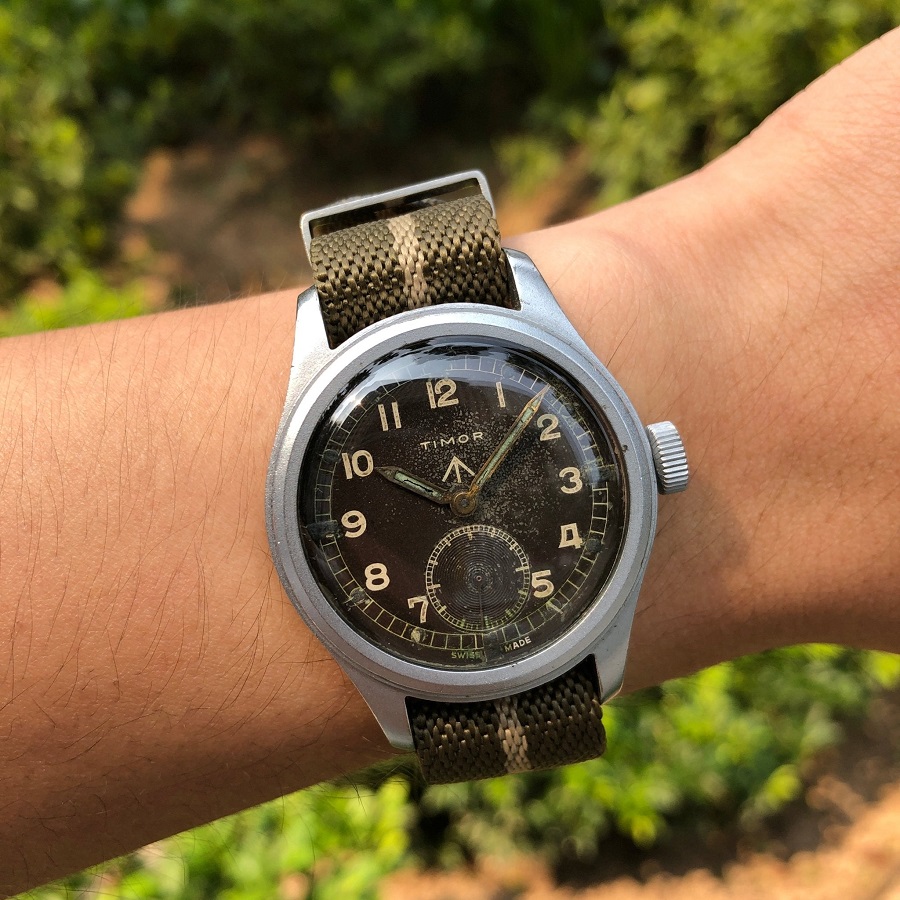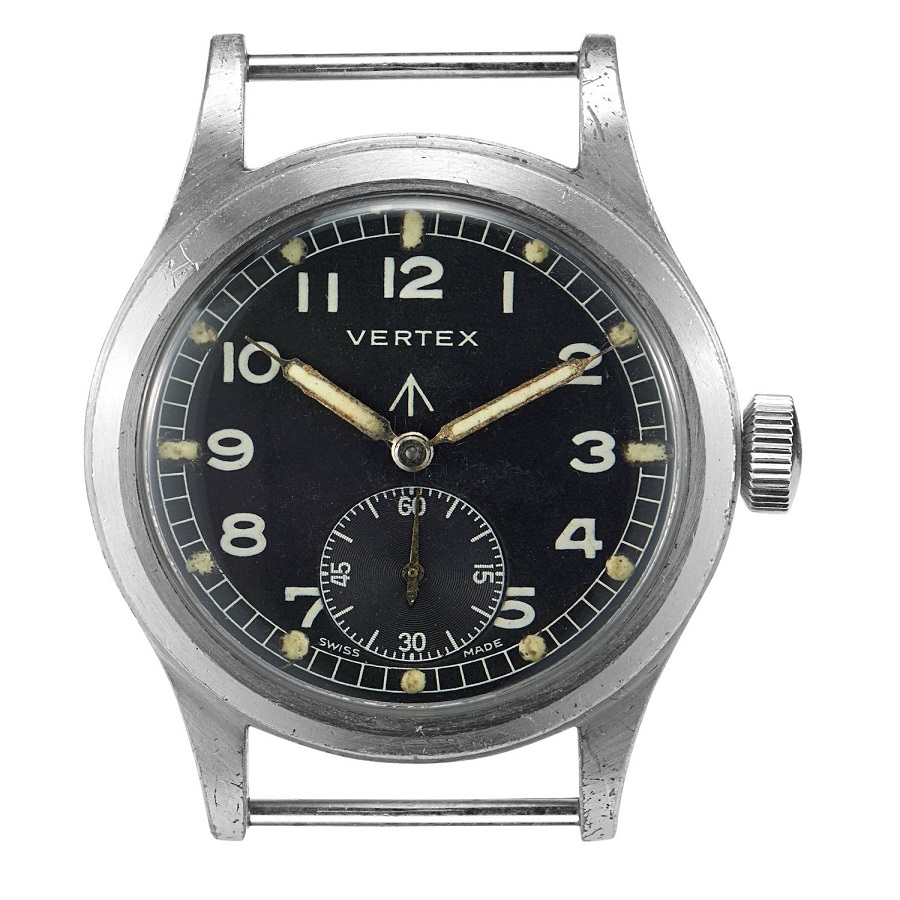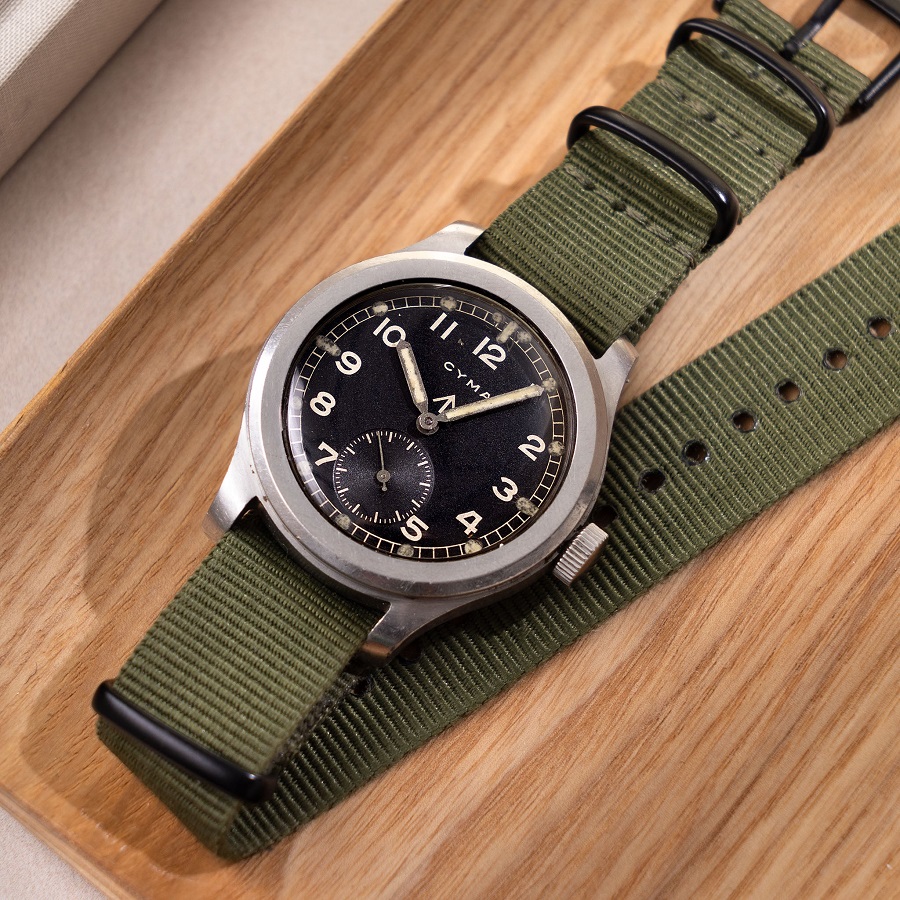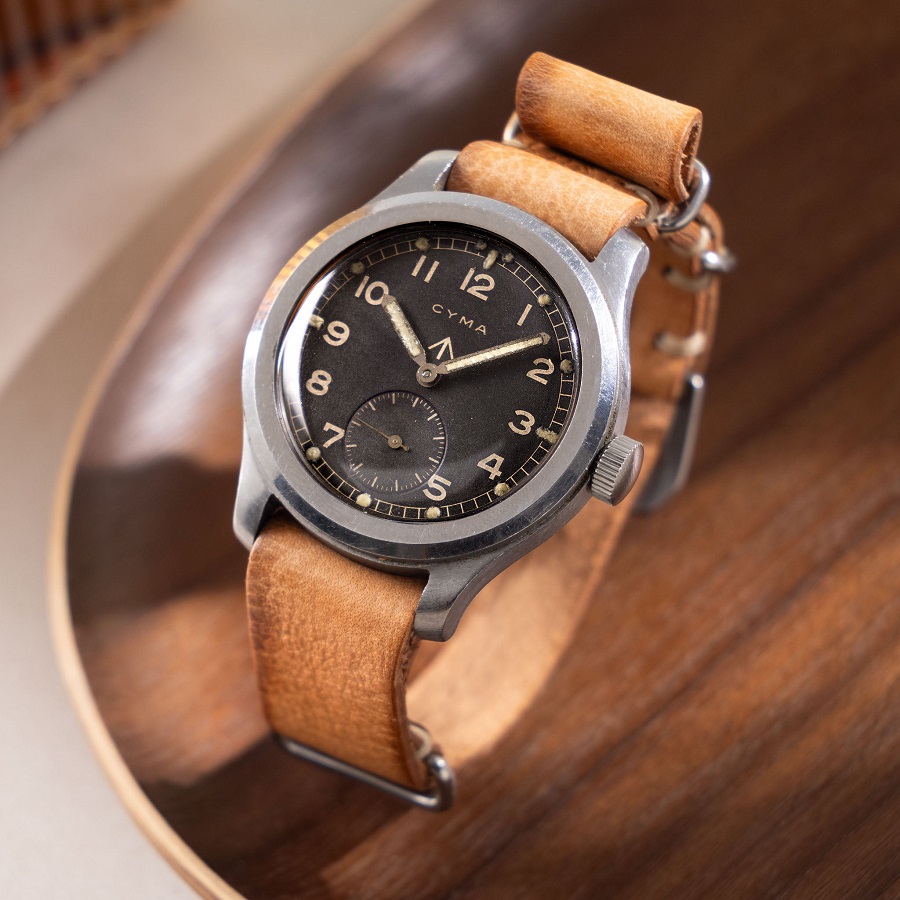Introduction
In the annals of horological history, few collections have garnered as much intrigue and admiration as ‘The Dirty Dozen.’ This moniker refers not to a band of renegade soldiers but to an elite group of twelve watch manufacturers who were commissioned by the British Ministry of Defence (MoD) during World War II to produce robust, standardized timepieces for the troops. These watches stand as timeless symbols of precision, durability, and the unyielding spirit of wartime Britain. In this article, we delve into the secret world of these iconic military timepieces, exploring their origin, design, significance, and the legacy they’ve left behind.

The Birth of a Legend
The story of The Dirty Dozen begins in the early 1940s, amidst the turmoil of war. Recognizing the need for reliable timekeeping instruments that could withstand the rigors of battle, the MoD issued strict specifications for a new type of wristwatch. These specifications, known as the W.W.W. (Watches, Wristlet, Waterproof), demanded features such as high legibility in low light, a black dial with luminous Arabic numerals, a stainless steel or nickel-plated case, a shatterproof crystal, and a robust strap capable of being worn over a uniform sleeve.
Twelve companies – some well-established and others lesser-known – answered the call: Buren, Cyma, Eterna, Grana (later known as Certina), Jaeger-LeCoultre, Lemania, Longines, IWC (International Watch Company), Omega, Record, Timor, and Vertex. Collectively, their creations would become known as The Dirty Dozen.
Design and Specifications
Each watch adhered to the MoD’s stringent requirements while also showcasing the individual manufacturer’s style and expertise. Common traits included:
- Black Dial: For enhanced visibility, all watches featured a matte black dial with luminous hour markers and hands, typically painted with radium for glow-in-the-dark properties.
- Sub-Seconds Dial: To conserve energy and improve reliability, most models had a small seconds sub-dial at 6 o’clock instead of a central seconds hand.
- Case and Strap: Rugged stainless steel or nickel-plated brass cases ensured durability, often paired with canvas or leather NATO-style straps for practicality.
- Water Resistance: Though not dive watches by modern standards, they were designed to be water-resistant to protect against moisture and humidity.
Despite these commonalities, each brand added its unique touch. For instance, Omega’s models featured a distinctive broad arrow symbol on the dial and case back, signifying government property, while Jaeger-LeCoultre’s watches were known for their high-quality movements.
Significance and Legacy
Beyond their functional excellence, The Dirty Dozen watches represent a pivotal moment in both military and horological history. They symbolize the marriage of necessity and innovation, demonstrating how wartime pressures could drive advancements in watchmaking technology. These watches also embody the resilience and camaraderie of the soldiers who wore them, becoming tangible reminders of personal stories from the war.
Post-war, many of these watches were decommissioned and sold off as surplus, making their way into civilian hands. Over time, they’ve gained cult status among collectors, who appreciate their historical importance, rarity, and the fact that each watch tells a piece of history. Today, original examples can fetch significant sums at auctions, with collectors often seeking to assemble a complete set of all twelve models.
The Modern Era
The enduring appeal of The Dirty Dozen has inspired contemporary watch brands to pay homage through reissues and tributes. Companies like Vertex, which was revived in 2016, have released updated versions of their historic models, combining vintage aesthetics with modern materials and mechanics. These contemporary iterations not only celebrate the past but also introduce a new generation to the allure and heritage of The Dirty Dozen.

Origins: A Call for Precision
The story of The Dirty Dozen begins in the early 1940s when the MoD realized the need for a standard, reliable, and robust wristwatch for its soldiers. Prior to this, pocket watches were the norm, but the practicalities of modern warfare demanded a more accessible timekeeping device. In 1944, the MoD issued specifications for a wristwatch that would become the blueprint for these iconic timepieces. Requirements included high legibility in low light, a black dial with Arabic numerals, a shatterproof crystal, a waterproof case, and a reliable movement capable of precise timekeeping.
The Twelve Makers
What sets The Dirty Dozen apart is the collaboration between twelve different watch manufacturers, an unprecedented move at the time. These companies, a mix of well-established brands and lesser-known names, were:
- Buren
- Cyma
- Eterna
- Grana (later known as Certina)
- Jaeger-LeCoultre
- Lemania
- Longines
- IWC (International Watch Co.)
- Omega
- Record
- Timor
- Vertex
Each brand adhered to the MoD’s strict guidelines, resulting in watches that share common design elements yet bear the individual characteristics of their respective makers. This blend of uniformity and uniqueness is a significant part of their appeal.
The Watches Themselves
The Dirty Dozen watches were built for battle. Their simple, utilitarian designs prioritize function over fashion. Black dials with luminous hour markers and hands ensured readability in the darkest conditions. Cases were typically stainless steel, designed to withstand the rigors of combat.
Post-War Legacy
It wasn’t until much later that collectors began to recognize the historical and horological significance of The Dirty Dozen. Their rarity, combined with the historical context and the allure of owning a piece of wartime history, has fueled a surge in interest and value.
The Collector’s Perspective
For collectors, The Dirty Dozen represents more than just wristwatches; they are tangible links to a pivotal moment in history. Owning one or several from the set is akin to possessing a piece of each participating company’s heritage. The hunt for all twelve can become a passionate pursuit, with collectors often seeking out examples in the best possible condition, complete with original paperwork and packaging.
Moreover, each brand’s interpretation of the MoD’s specifications provides a fascinating study in design variations within a strict framework. From Omega’s straightforward elegance to Vertex’s distinctive triangular hour markers, each model showcases the manufacturer’s unique approach to meeting military requirements.

Legacy and Collectability
Over time, the Dirty Dozen watches have become highly sought after for their historical significance, robust construction, and classic aesthetics. Each brand brought its unique design touches within the set parameters, making collecting the entire dozen a fascinating pursuit for horological connoisseurs.
Moreover, these watches symbolize a pivotal moment in watchmaking history when utility and function triumphed over ornamentation. Their minimalist designs and focus on readability laid the groundwork for future tool watches and dive watches that would dominate the industry in subsequent decades.
Contemporary Revivals
Recognizing the enduring appeal of these historic timepieces, some of the original manufacturers have released modern reissues or homages to their Dirty Dozen models. Companies like Vertex and Timor have reintroduced updated versions. Staying true to the original specifications while incorporating modern materials and movements. These contemporary iterations allow a new generation of collectors and enthusiasts to appreciate the heritage. And craftsmanship encapsulated in these iconic watches.
Conclusion
The Dirty Dozen watches are more than just timepieces. They are artifacts of history, testaments to human ingenuity under adversity, and cherished collectibles. Their story reflects the fusion of military necessity, horological artistry, and the indomitable spirit that defined an era. As we explore their secret world, we uncover not just watches but windows into the past. Connecting us to the brave individuals who relied on them and the skilled craftsmen who brought them to life. In the realm of watch collecting. Few stories are as compelling or as richly layered as that of The Dirty Dozen.
